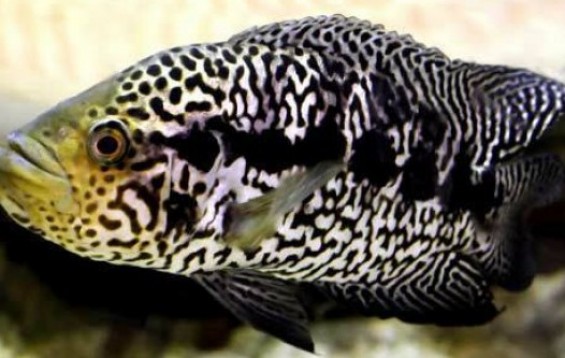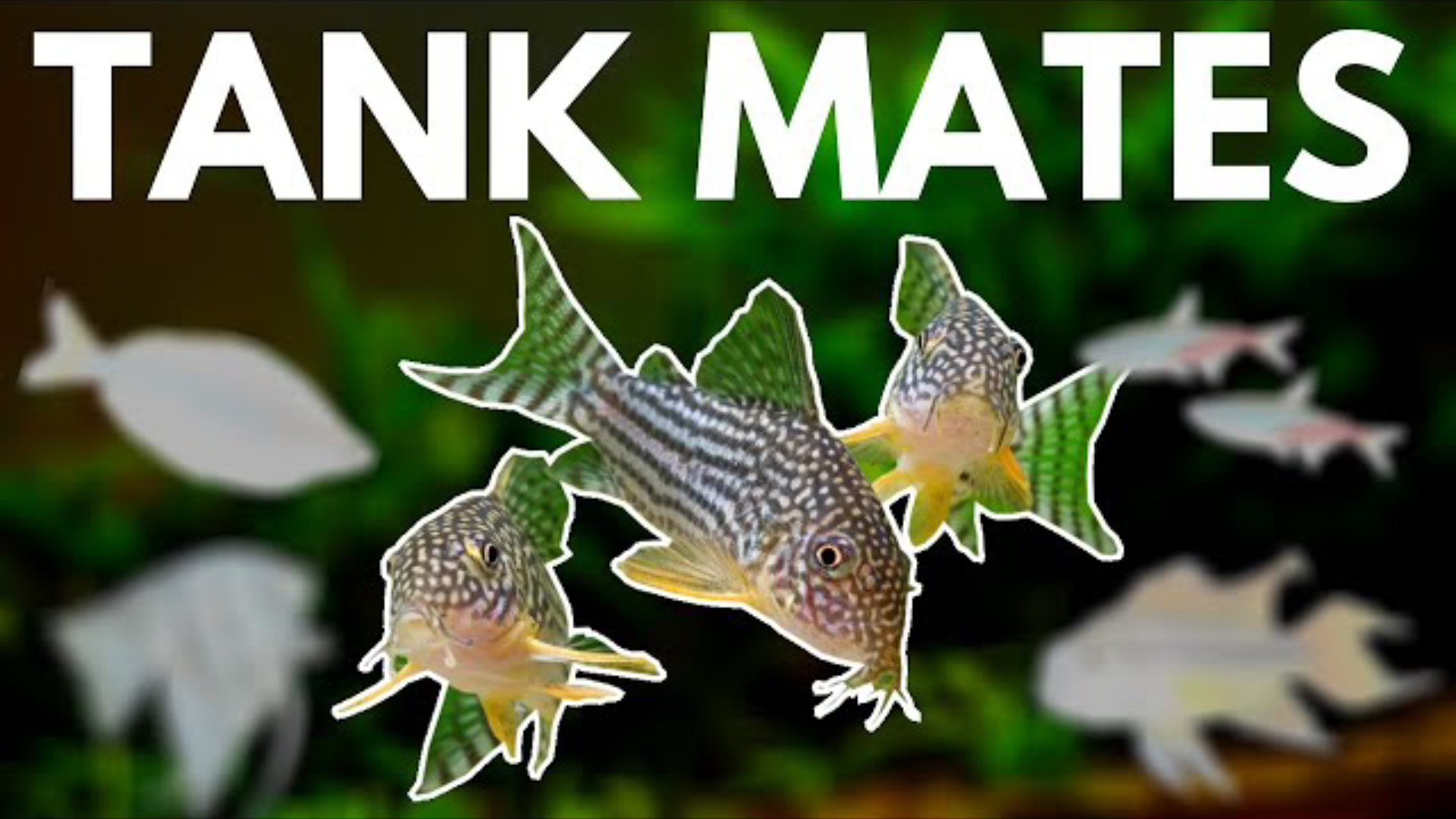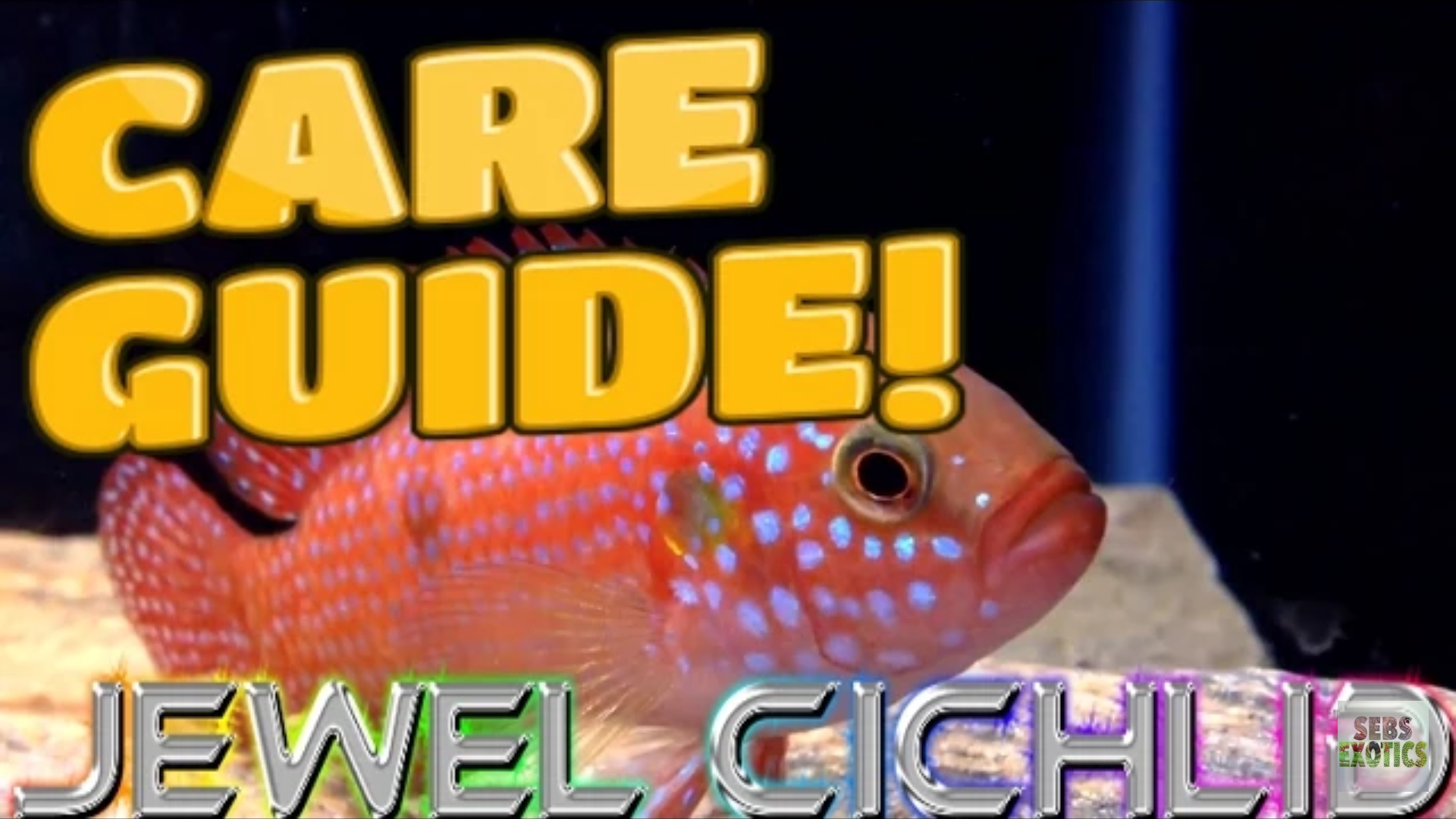- Name:
Managuense Cichlid
(View AKA's) - Family: Cichlidae
- Species: New World Cichlids
- Scientific Name: Parachromis managuense


General info about Managuense Cichlid
When these fish are young, they have many vertical dark stripes, as they age they lose this striped pattern and get a jaguar-like pattern. They are silver with tints of bluish green or purple. They can reach up to 24 inches, however, in captivity, they rarely get any larger than 12 inches. To keep these fish in captivity, water temperature should range from 73°F to 77°F and pH should be between 7.0 and 8.0. The tank should have rocks, caves and other hiding places and a sandy substrate. This species is aggressive and as such it shouldn’t be kept in community aquariums. It can be kept singly or in a pair.
Managuense Cichlid Diet & Nutrition
This species is carnivorous. In the wild it feeds on smaller fish and on invertebrates. In captivity it can be fed with live foods like goldfish, crickets and other insects.
Determining Sex of Managuense Cichlid
Males are more colorful and have pointed dorsal and anal fins while females are smaller and rounder.
Breeding & Spawning Managuense Cichlid
To breed this species in captivity, a group of 6 should be kept and allowed to pair off naturally, also, the breeding tank should have temperature around 82°F. The female starts by cleaning a surface for spawning, there she will lay her eggs and the male will then fertilize them. The eggs take 3 days to hatch and the parents will guard and tend to the fry for 6 weeks.
Managuense Cichlid Origin
This species can be found in Central America. It inhabits muddy bottoms in warm and low oxygenated waters.
Acclimating Managuense Cichlid
The water in which these fish are packaged is different from the water in the tank, since these fish are extremely sensitive to water conditions the acclimation process is very important. This process should never be rushed. Aquarium lights should be off for at least the first 4 hours of the fish in the new tank and it should not be fed in the first 24h. There are two acclimation methods: Floating Method and the Drip Method.
Floating method - the aquarium lights should be off and lights in the room should be dim, the bag in which the fish is should be placed in the surface of the water to float for about 15 minutes, this allows the water in the bag to adjust to the water in the tank. The bag should then be cut under the knot and the top edge of the bag should be rolled down one inch, then ¼ cup of the aquarium water should be added to the bag, this step should be repeated every 4 minutes until the bag is full, then half the water of the bag should be discarded and the bag should be put to float again and ¼ cup of the aquarium water should be added to the bag every 4 minutes until the bag is full. Afterwards, the Discus can be moved into the aquarium.
Drip method – the aquarium lights should be off and lights in the room should be dim, the bag in which the fish is should be placed in the surface of the water to float for about 15 minutes, this allows the water in the bag to adjust to the water in the tank. The bag contents should be poured into a 1 gallon bucket that has never been cleaned with any chemicals, the fish should be enterally submerged. A siphon, using airline tubing, should be set up and a drip line should run from the main aquarium to the bucket. Several loose knots should be tied in the airline tubing to regulate flow. Sucking the end of the airline tube that goes to the bucket will begin a siphon, the flow should be regulated to 2 to 4 drips per second. Once the water in the buckets doubles, half should be discarded and the process should be repeated until it doubles again. Afterwards, the fish can be moved to the aquarium.
Original Detail
| Name | Species | Family | Scientific Name | More Detail | Added by |
|---|---|---|---|---|---|
| Managuense Cichlid | New World Cichlids | Cichlidae | Parachromis managuense | When these fish are young, they have many vertical dark stripes, as they age they lose this striped pattern and get a jaguar-like pattern. They are silver with tints of bluish green or purple. They can reach up to 24 inches, however, in captivity, they rarely get any larger than 12 inches. To keep these fish in captivity, water temperature should range from 73°F to 77°F and pH should be between 7.0 and 8.0. The tank should have rocks, caves and other hiding places and a sandy substrate. This species is aggressive and as such it shouldn’t be kept in community aquariums. It can be kept singly or in a pair. |
PalaciosAn |





